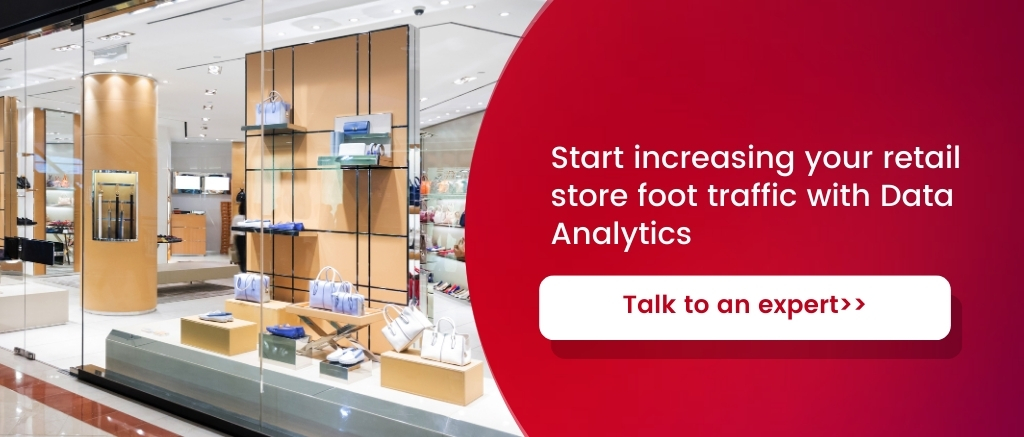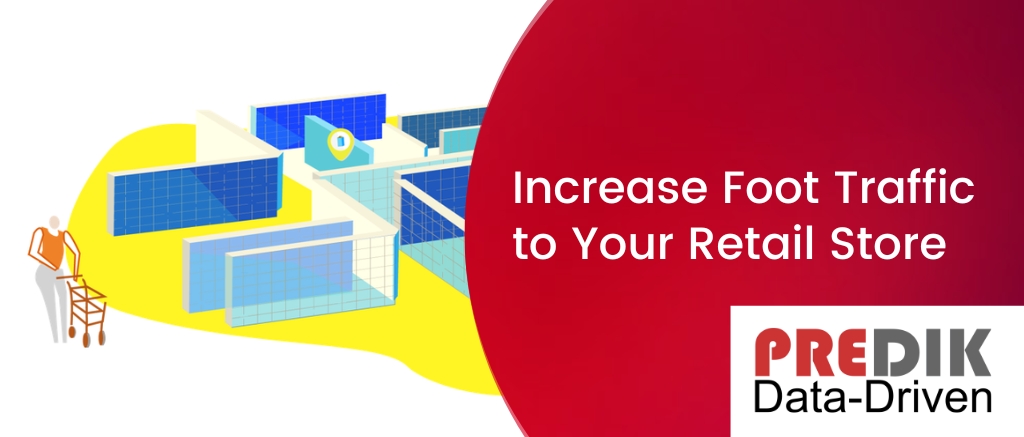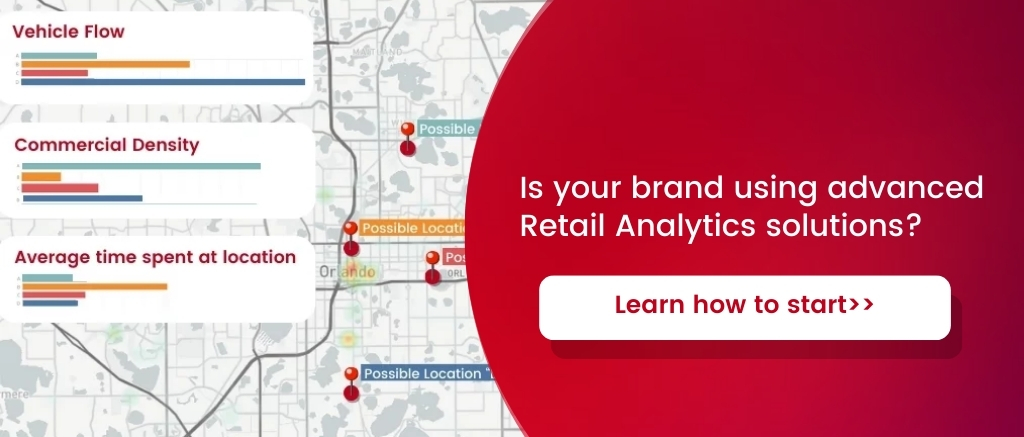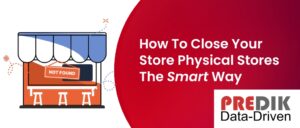As we get further into 2024, one of the most pressing challenges for retailers and brick-and-mortar decision-makers is increasing the number of users across multiple channels. This complex work requires innovative strategies and better marketing understanding.
Despite the rise of e-commerce, physical stores remain the backbone of the retail industry. In fact, over 72% of all US retail sales will still occur in brick-and-mortar stores in the following years. This statistic reassures us that approaches like “click-and-collect” are not just passing fads but essential components of many brands’ omnichannel strategies, affirming the enduring value of physical retail.
In this context, the question, “How can I drive more traffic to my retail store?” has always been challenging. However, with the rise of data analytics, you now have a new lens to understand customer needs genuinely. This not only helps you stay one step ahead of the latest trends and shopping behaviors but also provides you with a new competitive edge against your competitors.
How to use data analytics to increase foot traffic to your physical store?
Retail analytics have become increasingly important, and foot traffic data has become one of its key elements. Brands use foot traffic analytics with POI data to enhance their in-store layout, apply better site selection strategies, and, most importantly, understand how to attract more customers to their points of sale (POS).
Personalization as a way to attract customers
Businesses must cater to the demand for personalized experiences, as 72% of consumers expect companies to treat them as “unique individuals” and learn about their interests.
Today, retailers can leverage technologies such as AI and analytics to create personalized customer experiences based on their social media preferences, movement patterns, and store visitation habits.
By collecting customer data, retailers can gain insights into their preferences and behavior and use that information to tailor incentives to drive users to stores. In addition, data analytics can provide retailers with relevant insights, like days of the week and hours of the day with high and low visitation volumes, that can help them develop strategies accordingly.
These advancements offer retailers an exciting opportunity to deliver exceptional customer experiences in their physical locations and build long-lasting relationships with their customers.
Taking a step further with experiential retail
“Experiential retail” is a business approach that prioritizes creating memorable and engaging customer experiences rather than simply selling products. This involves providing a unique, immersive, and interactive shopping environment that encourages consumers to connect with the brand on a deeper level.
“Experiential retail is the immersive experience that brick-and-mortar retailers give shoppers. Pop-up shops, in-store masterclasses, and hosting community events are all examples of experiential retail.”
Shopify
For example, Samsung is replacing traditional displays with interactive stations, VR modules, and “try-out” areas. Their marketing objective is to generate an outstanding shopping experience for their visitors.
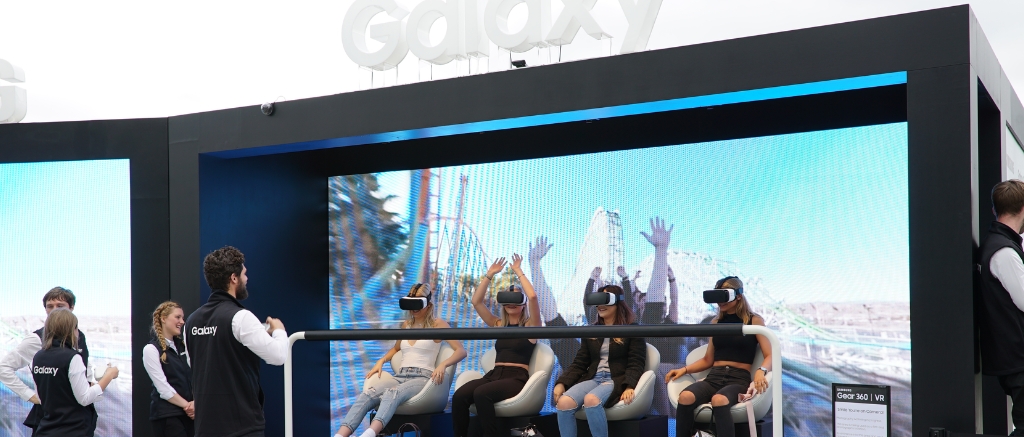
Fargetch, a luxury brand boutique, started to use augmented reality in their touchscreen mirrors connected to their clothing racks and customer service stations. This strategy has helped them attract customers who showed signs of preferring a more online “private” shopping experience.
Consider that experiential retail works by combining relevant user behavioral, POS, market, and competitor data insights.
Enhance convenience and reduce friction points
Undoubtedly, consumers love the convenience of acquiring products and services online. Still, many prefer “touching,” trying, and testing a product before purchasing it (In fact, 69% of consumers preferred to purchase a product in-store). Now that everything has gone back to normal, in-person shopping in brick-and-mortar stores has made a resurgence.
But, consumers have become used to a certain degree of convenience and speed, so you must identify the friction points that generate frustration for your users. For example, combining vehicle data with heat map visualizations can help you understand if your store is accessible.
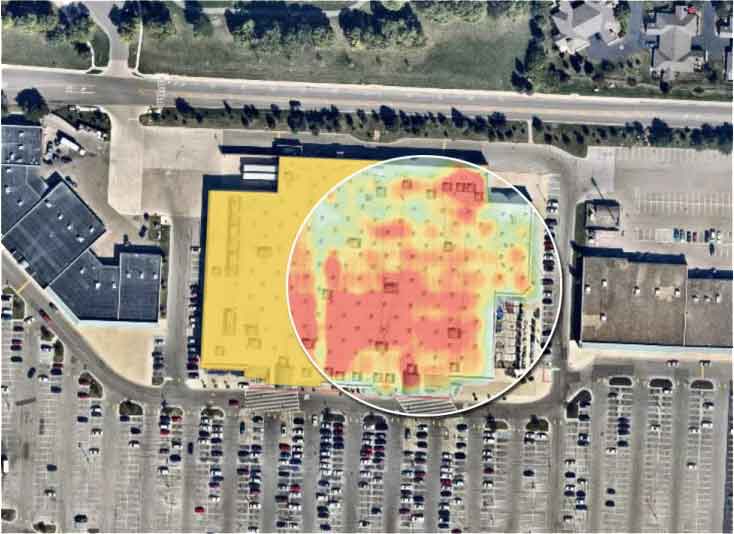
Understand what is working and what is not from your competitors
The magic of data analysis is that you can benchmark your brand against competitors. Do you know how your competitors’ store visitors patterns weekly or hourly? How many of your clients also visit your competitors’ stores? Or what their market share is in a specific area?
For example, using foot traffic and visitation data, you can detect “visitation spikes” on certain days and see if your competitors have some special promo or activation that is working.
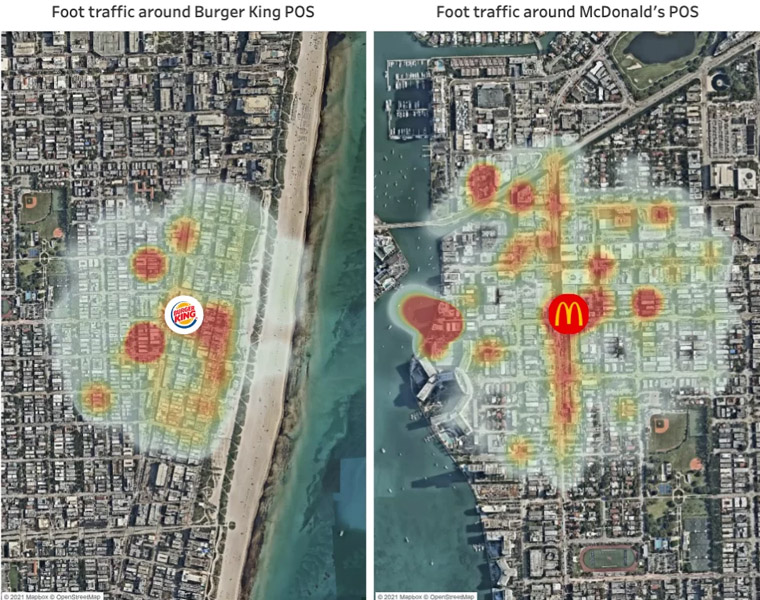
Having insights about your competition will help you understand what works for them, which strategies they follow, and what you can do better. After all, data analytics can help you evaluate your “attraction strategies” against other brands.
Keep up with new trends
The retail industry constantly evolves, and keeping up with the latest trends is essential for long-term success. Retailers should stay informed about industry trends, technological advancements, and consumer preferences. By adopting a data-driven approach and embracing innovation, retailers can establish themselves as leaders in their niche and attract a discerning customer base.
The prosperity of a brick-and-mortar store is determined by its capacity to entice and maintain customers. To achieve this goal, retailers can use different methods, such as improving the storefront’s visual appeal, merging online and offline channels, organizing interactive in-store events, and offering customized customer experiences. But remember, data must back all these strategies.
To succeed in the competitive retail industry, retailers must be adaptable and innovative as the retail landscape continues to evolve. By consistently implementing these strategies and closely monitoring consumers’ changing preferences, retailers can ensure that their stores remain attractive, relevant, and appealing to a growing base of loyal customers.
